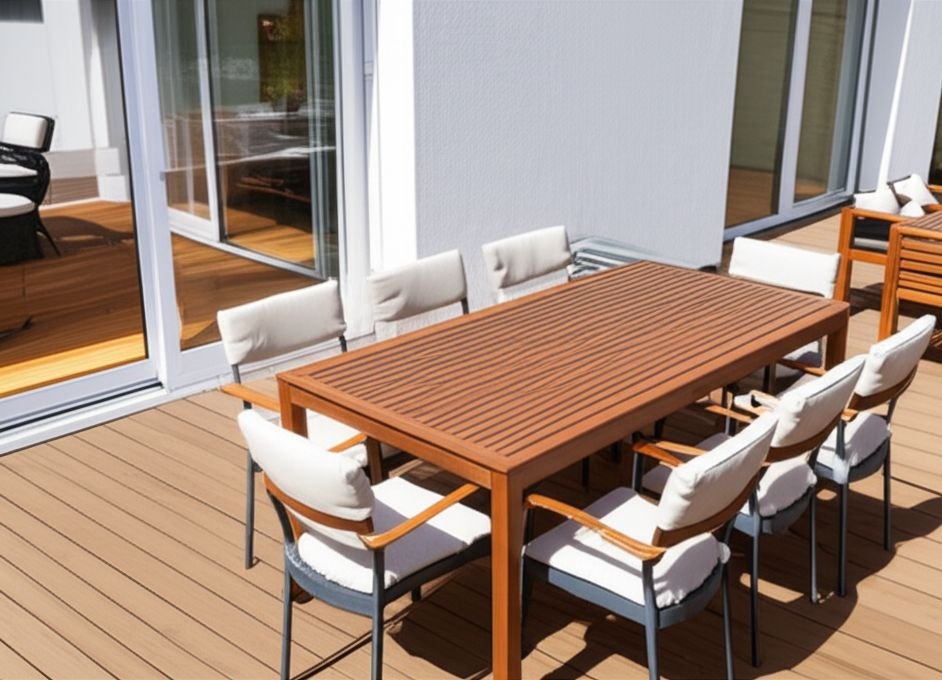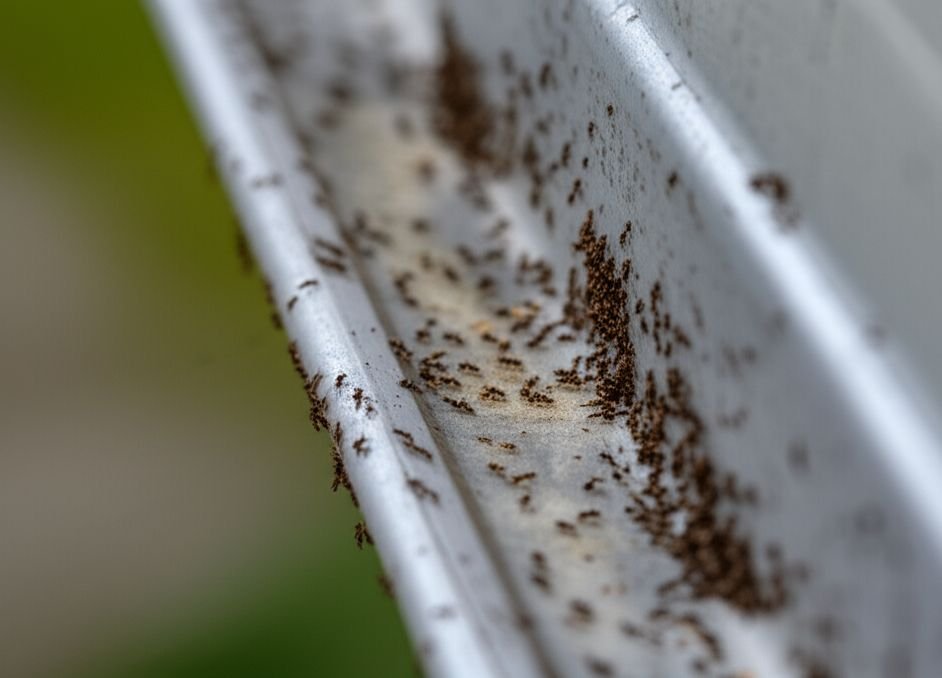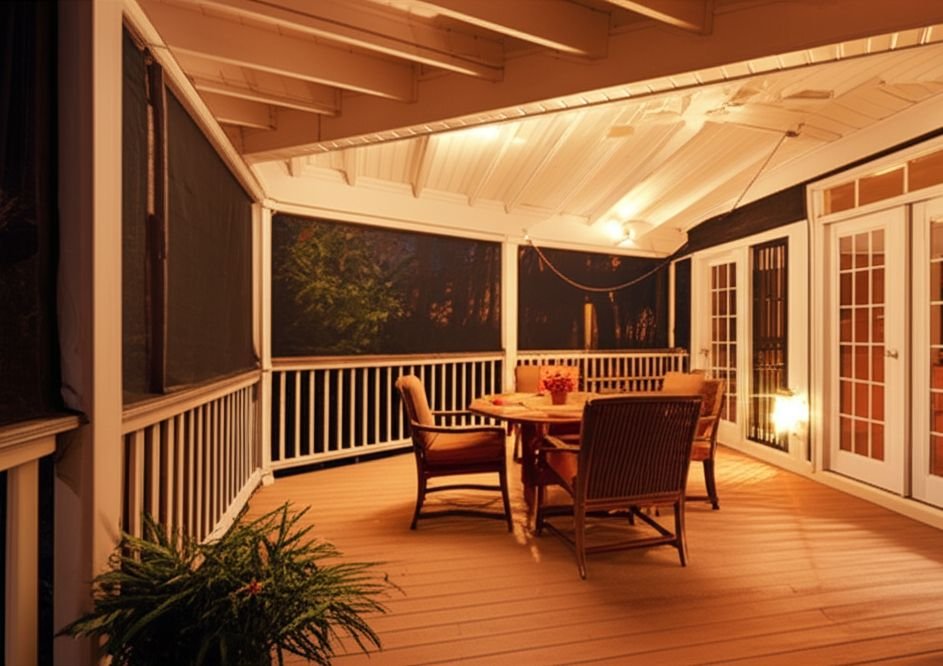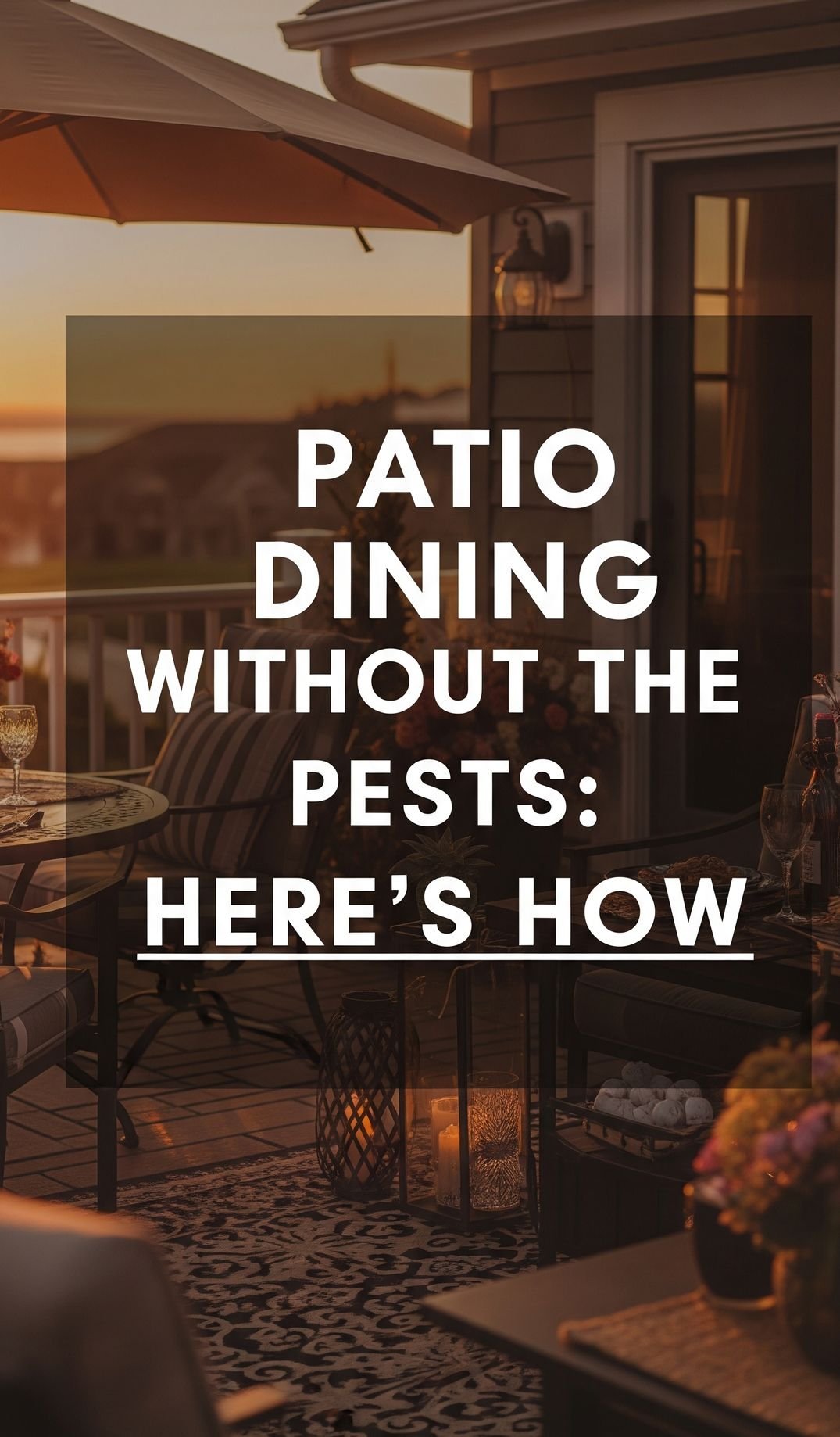Patio Dining Without the Pests: Here’s How
Enjoying a meal outdoors on your patio can be a delightful experience. The fresh air, natural light, and relaxed atmosphere offer a welcome change from indoor dining.
However, this idyllic setting can quickly be disrupted by unwanted guests: pests. From buzzing mosquitoes and persistent flies to crawling ants and wasps, these intruders can turn a pleasant meal into a frustrating battle.
Fortunately, with a combination of preventative measures, natural repellents, and targeted solutions, you can significantly reduce or even eliminate pests from your patio dining experience.
This comprehensive guide will walk you through the steps to reclaim your outdoor dining space.
1. Understanding Common Patio Pests

Before implementing control measures, it’s crucial to understand the types of pests you’re likely to encounter.
Different pests are attracted to different things and require different approaches for effective management.
1.1 Mosquitoes
These are arguably the most bothersome patio pests. They are attracted to stagnant water sources where they breed, as well as carbon dioxide, body heat, and certain scents. Their bites are itchy and can transmit diseases.
1.2 Flies
Various types of flies, including house flies and fruit flies, are common around food. They are attracted to food odors, sugary substances, and decaying organic matter. Flies can contaminate food and are generally considered a nuisance.
1.3 Ants
Ants are social insects that forage for food. They are attracted to crumbs, spills, and sweet substances left on your patio. Once they find a food source, they can quickly establish trails and become a persistent problem.
1.4 Wasps and Bees
These stinging insects are often attracted to sweet drinks, sugary foods, and flowering plants. While bees are generally beneficial pollinators, both wasps and bees can become aggressive if they feel threatened, posing a stinging hazard.
1.5 Spiders
While generally beneficial for controlling other insects, some people find spiders and their webs unsightly on patios. They are attracted to areas with other insect activity.
1.6 Other Occasional Pests
Depending on your location and surrounding environment, you might also encounter other pests like cockroaches, earwigs, or even rodents.
2. Eliminate Breeding Grounds

The first and most crucial step in pest control is to eliminate potential breeding grounds around your patio.
Many common pests rely on specific conditions to reproduce, and disrupting these conditions can significantly reduce their populations.
2.1 Mosquitoes
Mosquitoes breed in stagnant water. Regularly inspect your patio and surrounding areas for any containers that can hold water, such as:
- Flowerpot saucers
- Bird baths
- Pet water bowls
- Gutters clogged with leaves
- Old tires or buckets
- Tarps or covers that collect rainwater
Empty these containers at least once a week. For bird baths and pet water bowls, change the water frequently (every couple of days).
If you have a pond or other permanent water feature, consider introducing mosquito-eating fish or using mosquito dunks containing Bacillus thuringiensis israelensis (Bti), a natural bacterium that targets mosquito larvae.
2.2 Flies
Flies breed in decaying organic matter. Keep your garbage cans tightly sealed and empty them regularly. Clean up any spills promptly, especially sugary or food-related spills.
If you compost, ensure your compost bin is properly managed and not attracting excessive flies.
2.3 Ants
While directly eliminating ant breeding grounds can be challenging, removing food sources and blocking entry points can discourage them.
Trim back vegetation that touches your house, as ants can use these as bridges to access your patio.
3. Implement Preventative Measures

Beyond eliminating breeding grounds, several preventative measures can make your patio less attractive to pests.
3.1 Maintain Cleanliness
Regularly clean your patio to remove food debris, crumbs, and spills. Wipe down tables and chairs after meals.
Sweep or hose down the patio to remove any lingering food particles that might attract ants and flies.
3.2 Cover Food and Drinks
When dining outdoors, keep food covered as much as possible, especially sweet items that attract wasps and bees. Use lids for drinks to prevent insects from falling in.
3.3 Secure Trash Receptacles
Use trash cans with tight-fitting lids on your patio and empty them frequently. The smell of decaying food in an open trash can is a strong attractant for flies and other pests.
3.4 Strategic Landscaping
Choose plants that are less attractive to pests. Avoid planting overly fragrant flowers near your dining area, as these can attract bees and wasps.
Consider planting insect-repelling plants around your patio (more on this later). Trim bushes and trees regularly to reduce hiding places for pests.
3.5 Use Screens and Netting
If you have a covered patio or gazebo, consider installing screens to create a physical barrier against flying insects like mosquitoes and flies. You can also use food covers or mesh domes to protect individual dishes.
3.6 Control Lighting
Many insects are attracted to light. Consider using yellow or amber-colored light bulbs, which are less attractive to some insects.
Position outdoor lights away from your dining area or use motion-sensor lights to minimize their constant attraction.
4. Utilize Natural Repellents

Natural repellents offer a less toxic approach to keeping pests away from your patio dining area. Many plants and essential oils have properties that deter insects.
4.1 Citronella
Citronella is a well-known natural mosquito repellent. You can use citronella candles, torches, or essential oils diffused around your patio. Be sure to position them strategically around your dining area to create a protective zone.
4.2 Other Essential Oils
Several other essential oils are known to repel various insects, including:
- Lemon Eucalyptus: Effective against mosquitoes and other flying insects.
- Lavender: Repels mosquitoes, flies, and moths.
- Peppermint: Deters ants, mosquitoes, and spiders.
- Cedarwood: Repels moths, mosquitoes, and ticks.
- Clove: Can help deter wasps and flies.
You can diffuse these oils using an outdoor diffuser, or dilute them with a carrier oil (like jojoba or almond oil) and apply them to your skin (always do a patch test first to check for sensitivities).
4.3 Insect-Repelling Plants
Certain plants naturally repel insects. Consider incorporating these into your patio landscaping or placing them in pots around your dining area:
- Citronella Grass: The source of citronella oil.
- Lavender: Beautiful and fragrant, and repels many insects.
- Rosemary: Deters mosquitoes, flies, and cabbage moths.
- Basil: Repels flies and mosquitoes.
- Mint: Can deter ants, mosquitoes, and flies (plant in pots to control its spread).
- Marigolds: Repel nematodes and some flying insects.
- Geraniums: Particularly scented geraniums, can help repel mosquitoes.
4.4 Vinegar
A bowl of apple cider vinegar can attract and trap fruit flies.
4.5 Coffee Grounds
Sprinkling used coffee grounds around your plants is said to deter ants and slugs.
5. Employ Targeted Control Measures

Sometimes, preventative measures and natural repellents aren’t enough to completely eliminate pests. In these cases, targeted control measures may be necessary.
5.1 Mosquito Traps
Various mosquito traps are available, such as propane-powered traps that mimic human breath and electric zappers.
While zappers kill a wide range of insects, only some of which are actually biting pests, propane traps can be more effective at specifically targeting mosquitoes.
5.2 Fly Traps
Sticky flypaper, hanging fly traps, and electric fly swatters can help control fly populations around your patio.
5.3 Ant Baits
If you have persistent ant problems, ant baits can be effective. Worker ants carry the poisoned bait back to the colony, eventually eliminating the source. Place baits along ant trails.
5.4 Wasp and Bee Traps
Specialized traps that use sweet liquid attractants can capture wasps and bees. Be cautious when placing and emptying these traps, especially if you are allergic to stings.
Avoid swatting at wasps and bees, as this can provoke them to sting.
5.5 Spider Control
Regularly remove spiderwebs from your patio. If you have a significant spider problem, you can use a mild insecticide spray specifically designed for spiders, focusing on areas where they tend to build webs.
5.6 Professional Pest Control
For severe or persistent pest infestations, consider contacting a professional pest control service. They can identify the specific pests causing the problem and recommend the most effective treatment options.
6. Adapting to Your Specific Environment

The most effective pest control strategy will depend on your specific location, climate, and the types of pests prevalent in your area.
Factors such as nearby vegetation, bodies of water, and the time of year can influence pest activity.
6.1 Seasonal Considerations
Pest activity often fluctuates with the seasons. Mosquitoes are typically more active during warmer months, while ants may be more noticeable in the spring and fall. Adjust your pest control efforts accordingly throughout the year.
6.2 Local Pest Information
Research common pests in your region. Local agricultural extension offices or online resources can provide valuable information about prevalent pests and effective control methods specific to your area.
6.3 Neighboring Properties
Be aware that pest problems can sometimes originate from neighboring properties. If your neighbors have stagnant water sources or unkempt yards, this can contribute to pest issues on your patio.
While you can’t directly control your neighbors’ property, you can focus on maximizing preventative measures on your own.
6.4 Observe and Adjust
Regularly observe your patio to identify which pests are present and where they are most active. Adjust your pest control strategies based on your observations. What works well in one situation may not be as effective in another.
7. Creating a Pest-Free Dining Experience

By implementing a combination of these strategies, you can significantly reduce the number of pests that bother you during your patio dining experiences.
Remember that consistent effort and a multi-pronged approach are key to long-term pest control.
7.1 Before Dining
- Inspect your patio for any signs of pest activity.
- Clear away any debris or spills.
- Light citronella candles or activate your essential oil diffuser.
- Ensure food and drinks are covered.
7.2 During Dining
- Clean up any spills immediately.
- Keep food covered when not being served.
- Use personal insect repellent if necessary.
- Avoid leaving food scraps exposed.
7.3 After Dining
- Clear and clean the table thoroughly.
- Remove any leftover food promptly.
- Empty and clean trash receptacles.
